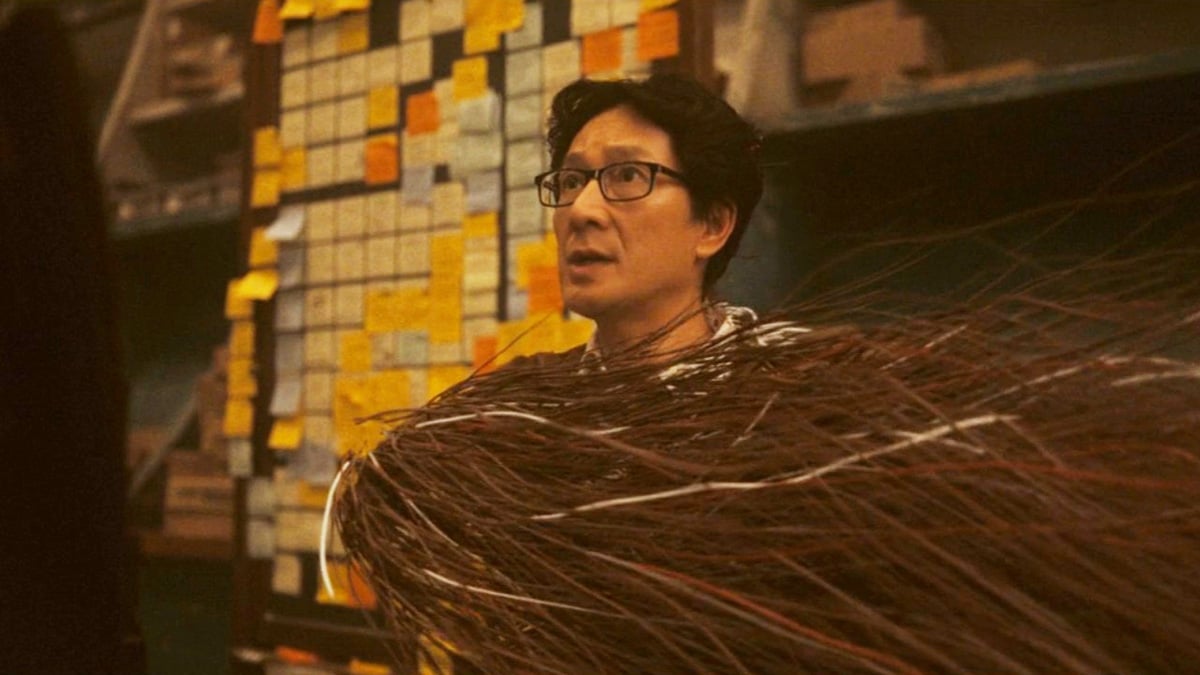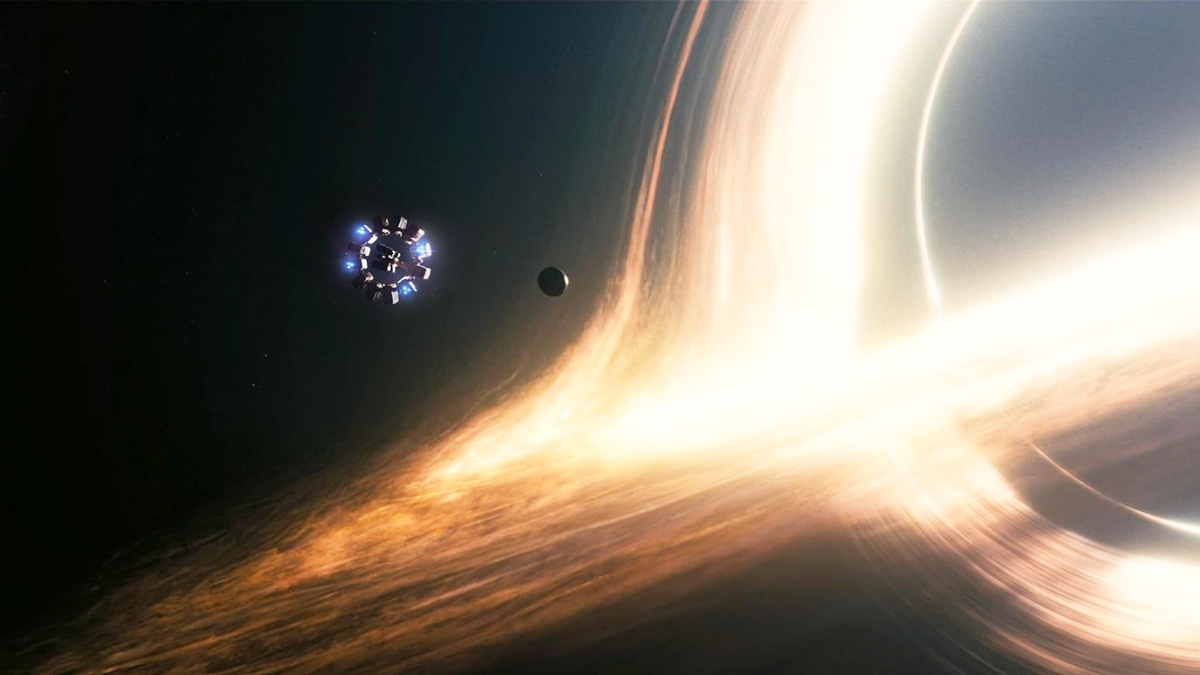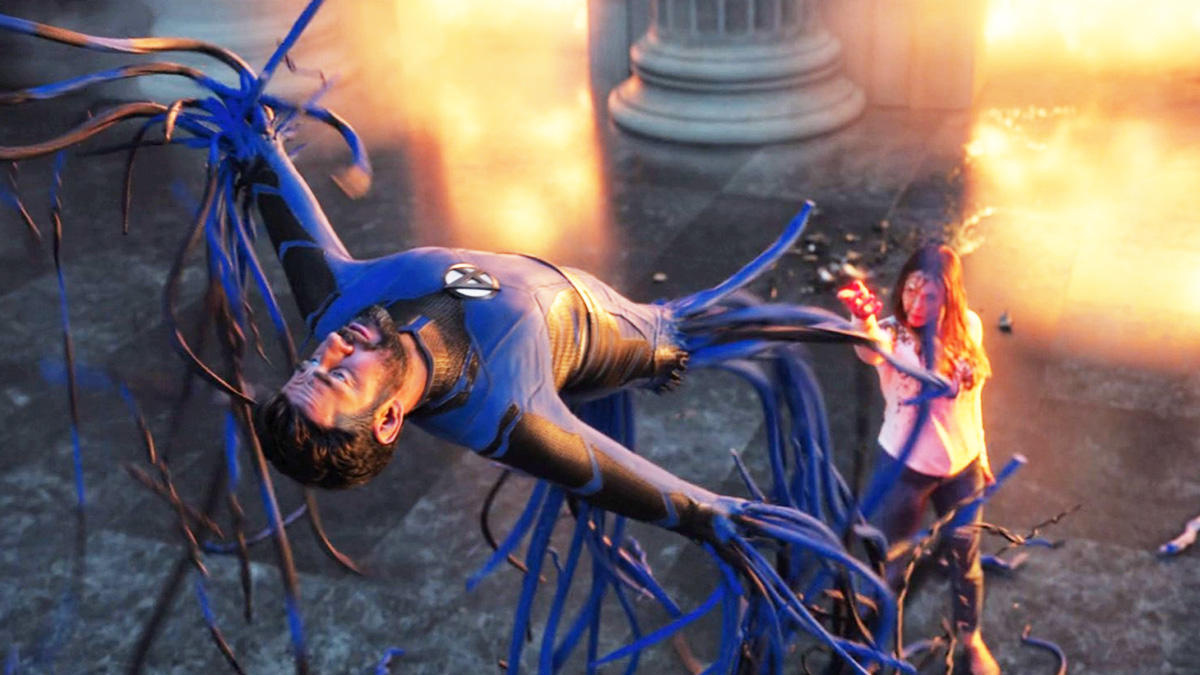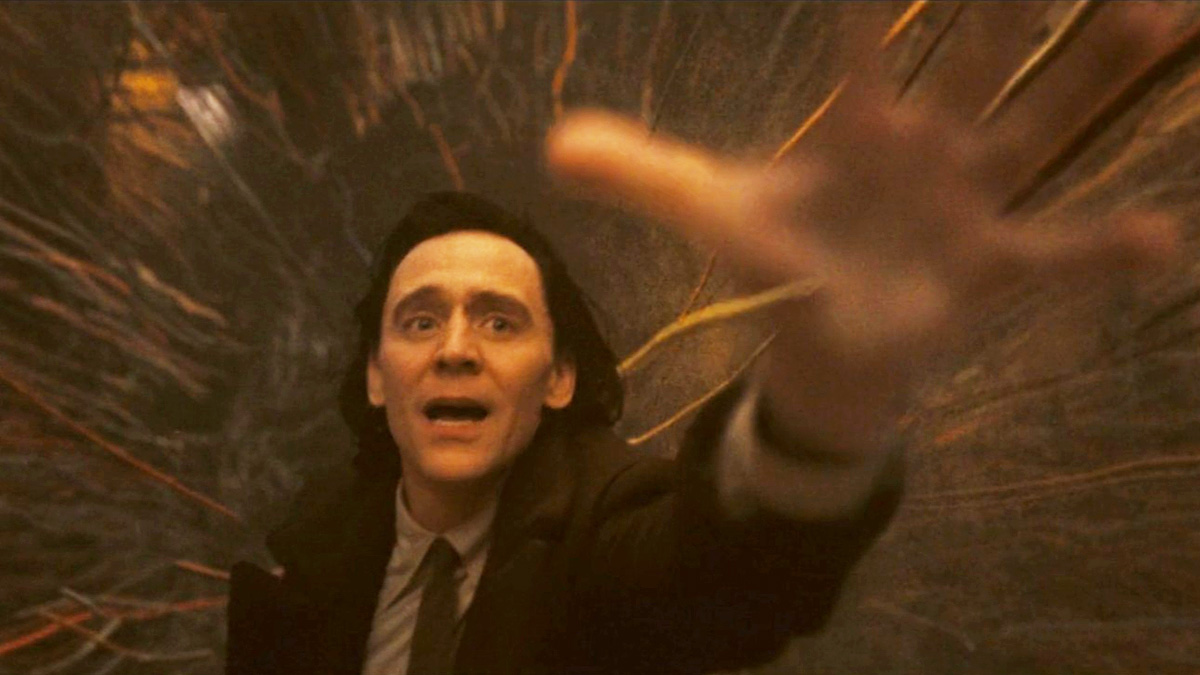When it comes to the multiverse of the Marvel Cinematic Universe, Kevin Feige seems more obsessed with spaghetti than Michael Keaton in The Flash. But why?
The latest example of this phenomenon can be found in Loki season 2 episode 5, in which all of the core main characters of the show, besides Tom Hiddleston’s Loki himself, get pushed through the proverbial pasta-maker. That includes Sophia Di Martino’s Sylvie, Wummi Mosaku’s Hunter B-15, Owen Wilson’s Mobius, Eugene Cordero’s Casey, and Ke Huy Quan’s Ouroboros all getting the spaghettification treatment. But this is not the first time we’ve seen this happen in Loki, let alone the MCU as a whole.
Linguini, son of udon

Just a few moments before the dramatic one-by-one deaths of the characters tasked with fixing the multiverse, Sylvie witnessed the horrific noodle-ification of the 1980s Earth timeline branch she was ducking out in when an innocent record store clerk gets caught in the catastrophe. Earlier in the episode, Loki and O.B. discover that the key to stabilizing the multiverse may be corralling the right set of people together at once and in the same area. Because of this, it would seem Sylvie refusing to come with Loki may be what caused the spaghettification of her universe and record store pal.
However, things don’t seem to get better when Sylvie finally agrees to join Loki as he is rebuilding the Time Variance Authority. After she arrives at the warehouse where Loki and his pals are staking out, you would think her mere presence would prevent an incursion. However, they all get turned into spaghetti anyway. Despite this, the episode ends with Loki going back in time to the moment when Sylvie reunites with the group as he has finally learned how to time slip. The gang now has a second chance to undo the incursion but can they pull it off in time? We’ll have to wait until the season finale to find out.
In the episode prior, Loki season 2 episode 4, we also saw Jonathan Majors’ Victor Timely get turned into spaghetti when the team’s attempt to fix the Temporal Loom goes awry due to a miscalculation of just how much deadly radiation was in the space surrounding the device. Given the sci-fi nature of Loki, people getting turned into noodles is actually on brand. You see, there is a theoretical basis in reality for such a thing to occur.
Science fiction v science fact

The astrophysicist Stephen Hawking described in his book A Brief History of Time the hypothetical scenario of what it would be like if an astronaut were to be on the surface of a star when it collapsed into a black hole. The spaghettification happens in this scenario due to a disparity of the force of gravity on different parts of his body. As Hawking explained,
“Gravity gets weaker the farther you are from the star, so the gravitational force on our intrepid astronaut’s feet would always be greater than the force on his head. This difference in the forces would stretch him out like spaghetti or tear him apart before the star had contracted to the critical radius at which the event horizon formed!”
The real-life spaghettification that would happen near a black hole differs from what is seen in Loki in that the individual would be turned into one long noodle, rather than the bundle of strands that the show depicts. However, you could still argue that other than this bit of artistic license, the pasta-fication of characters in Loki is still based on science, to a degree, since each alternate dimension that collapses in the show could be meeting their demise via being swallowed up by a black hole, for all we know. However, when you look at another case of spaghettification in the MCU that predates Loki season 2, it is very much starting to feel like a higher-up has some kind of fixation on the body transformation.
What’s inside Kevin Feige’s noodle?

You see, as Before & After pointed out, it was actually Marvel boss Kevin Feige’s idea to turn Jon Krasinski’s Mr. Fantastic into spaghetti in Doctor Strange in the Multiverse of Madness. Despite the blockbuster hit dealing with alternate dimensions and incursions, much like Loki, the linguini-fication shown in the movie has nothing to do with black holes. Instead, it was the result of Elizabeth Olsen’s Wanda Maximoff, AKA Scarlet Witch, using her magic to turn Reed Richards into Ramen Richards.
Feige finagling his fettuccine fetish in as many Marvel projects as possible certainly wasn’t where we thought this would all lead to, but here we are. In fact, the Oscar-nominated producer apparently passed on a specific real-world reference to the visual effects team: Play-Doh as it appears when pushed through various apparatuses. As Industrial Light & Magic VFX Supervisor Julian Foddy explained,
“The starting point there was some reference that was passed to us by [VFX supervisor] Janek Sirrs directly from Kevin Feige. It was someone passing a lump of modeling clay or Play-Doh through a garlic press. Janek also had some reference of the Play-Doh ‘Barber Shop’ toy, which was a little figure with holes in the head and you’d turn a handle and the Play-Doh would come out. That was the kind of look we were going for.”
The same Play-Doh-through-a-garlic-press look seems to persist in Loki, making us very suspicious that Feige’s favorite memories growing up must’ve been ruining his mom’s kitchen appliances.
Will even more stringy shenanigans press out when Loki‘s season finale drops on Disney Plus on Thursday, Nov. 9? We shall have to wait and see.

